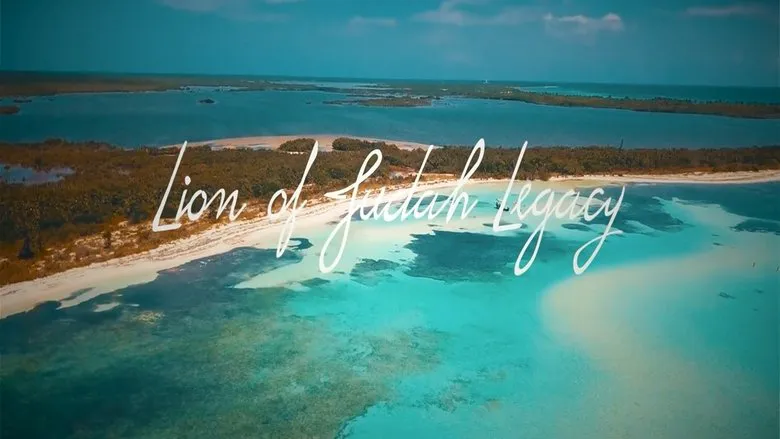Unveiling the Soul of ‘Lion of Judah Legacy’: An Immersive Cinematic Journey
Stepping into the raw, emotional landscape of ‘Lion of Judah Legacy’ is a profound experience, one that invites audiences to witness a deeply personal odyssey of healing, heritage, and reconciliation. More than just a film, it’s a testament to the power of cinematic storytelling, meticulously crafted to unravel complex human emotions against a vibrant cultural backdrop. Let’s delve behind the camera to explore how this compelling narrative about Marly, a veteran haunted by his past, came to life.
Crafting Marly’s Emotional Blueprint: The Scars Within
At the heart of ‘Lion of Judah Legacy’ lies Marly, a protagonist whose physical and emotional scars serve as the anchors of the narrative. The immense challenge for the filmmakers was to portray Marly’s internal turmoil—his inability to form genuine connections due to an unresolved, strained relationship with his deceased father—without resorting to heavy-handed exposition. This required a nuanced approach to acting, directing, and screenwriting. The early scenes skillfully use Marly’s quiet isolation and reluctance to engage to underscore his deep-seated issues, immediately establishing a protagonist burdened by his past. The director had to guide the actor to convey these unspoken wounds, making his emotional unavailability palpable to the audience, setting the stage for his eventual transformative journey.

Jamaica: More Than a Backdrop, It’s a Co-Star
A pivotal decision in the film’s production was setting Marly’s journey of self-discovery in Jamaica. The narrative isn’t just placed in Jamaica; the island becomes a living, breathing character helping Marly shed his emotional armor. The filmmakers’ vision was clearly to immerse the audience—and Marly—in the “vibrant island nation” where “the rich cultural heritage of Jamaica seeps into the narrative.” This required extensive location scouting, working closely with local communities, and an authentic portrayal of Jamaican life.
The decision to lean heavily on “the picturesque landscapes, bustling streets, and rhythmic sounds of reggae music” was not merely aesthetic. These elements are strategically woven into the narrative as guiding forces, subtly influencing Marly’s “spiritual rebirth and introspection.” The sound design, for instance, must have been meticulously layered to transition audiences from Marly’s introverted world to the effervescent pulse of Jamaica, making the cultural shift almost tactile.

The Roar of Ancestry: Unpacking the Lion of Judah Legacy
The film ingeniously uses Marly’s “ancestral roots” and the “Lion of Judah” legend as catalysts for his internal growth. This required deep cultural research into Jamaican history, folklore, and familial structures. The intricacies of the local culture and the significance of forefathers are not simply presented but explored through Marly’s eyes as he “begins to grasp” and “develops a profound appreciation” for his heritage. The choice to link Marly’s personal struggles to this ancient namesake adds a layer of mythic weight and responsibility to his quest. Crafting the “tragic narrative underlying the Lion of Judah legend” within the film’s screenplay demanded a delicate balance between historical context and Marly’s personal journey, ensuring that his breakthrough isn’t just psychological, but also deeply rooted in his familial past.
The Art of Reconciliation: Bringing Closure to the Screen
The emotional climax of ‘Lion of Judah Legacy’ hinges on Marly’s “heart-wrenching confrontation with his mother” and his eventual “reconciliation with his deceased father.” Portraying such deeply personal and often traumatic experiences on screen requires masterful storytelling and sensitive direction. The filmmakers had to ensure that Marly’s journey toward “making amends with the past” felt earned, a culmination of the obstacles, self-doubt, and the specter of his father’s presence that he grapples with throughout the film. The resolution of Marly unlocking his potential is not a sudden epiphany but the organic result of confronting truths and allowing himself to fully embrace his identity.
Ultimately, ‘Lion of Judah Legacy’ stands as a powerful example of filmmaking that uses grand thematic strokes—the exploration of heritage, culture, and self-discovery—to illuminate an intimate, universal struggle for connection and peace. It’s a testament to the creative team’s vision in translating profound emotional depth into a visually and narratively rich cinematic experience.